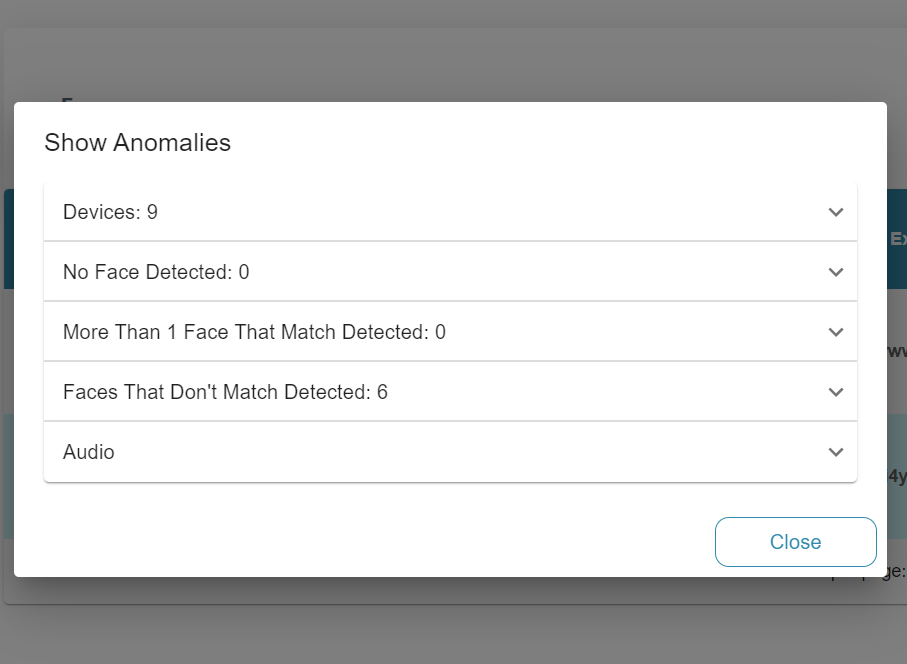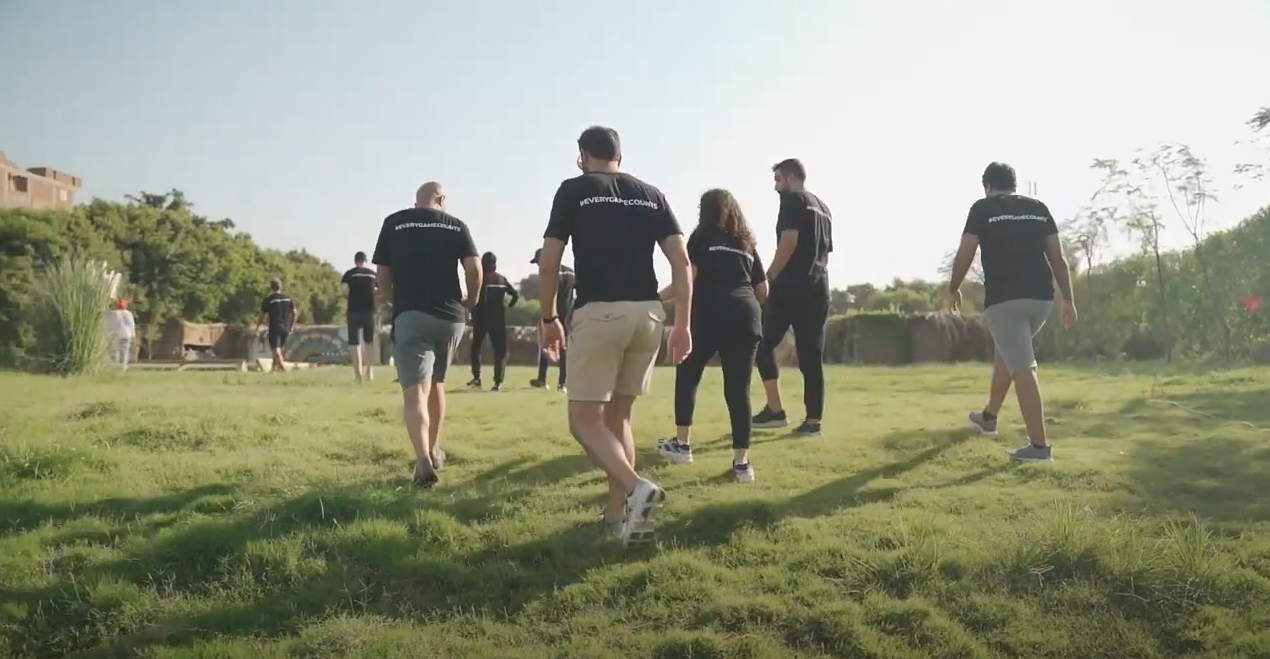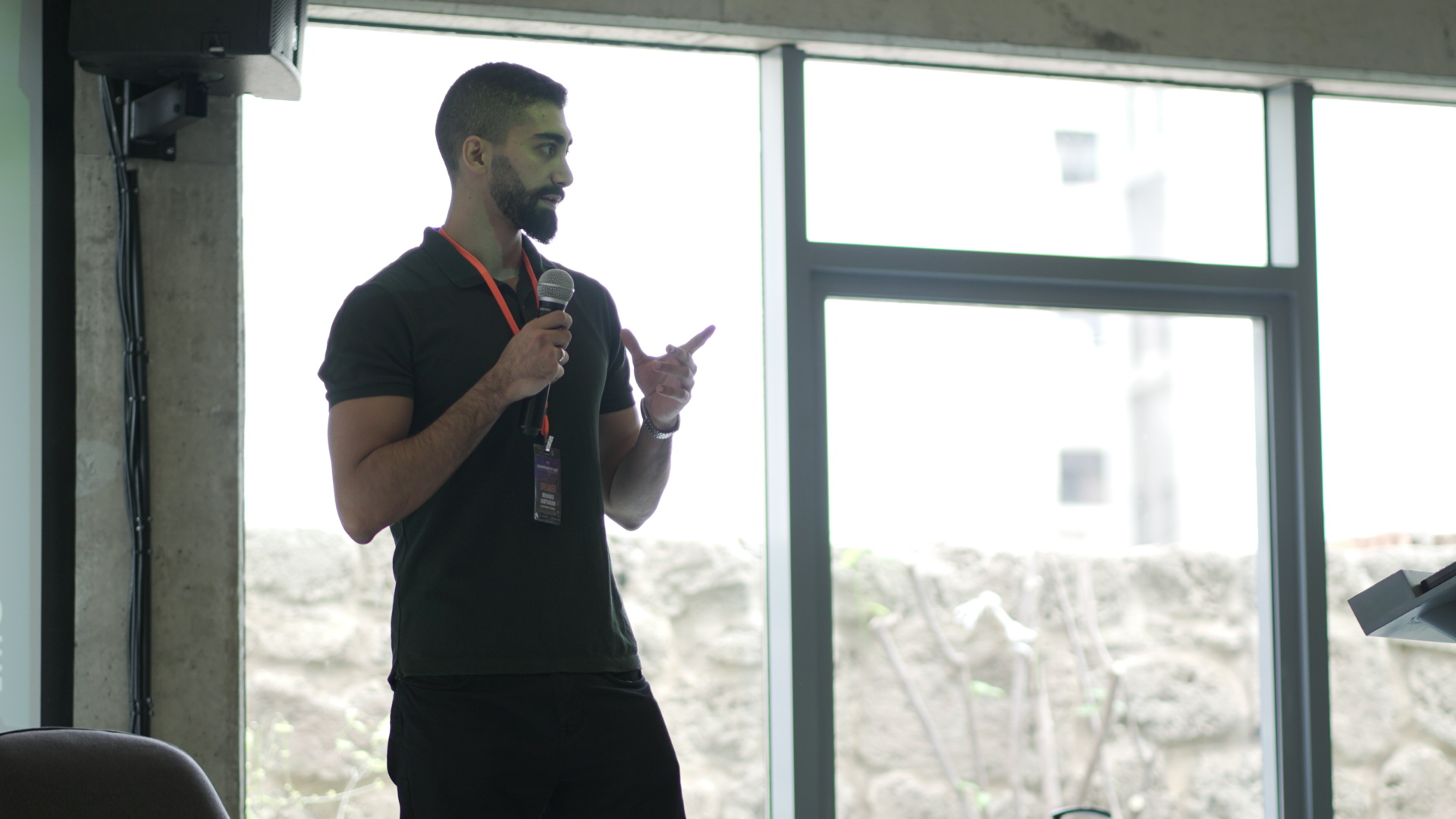We live in a world where technology has played a big role in delivering education
worldwide, making it easier and more accessible to both tutors and students. How can we
make it even simpler for tutors, who offer their best, to balance between their work and
personal life?
ZIDYIA is a next-generation learning management system (LMS) designed to personalize
learning, empower teaching, and transform education. ZIDIYA is currently operating in
the Middle East, providing different schools and universities with a modern management
system.
ZIDIYA was facing multiple challenges managing the examination procedure. Typically, the
process requires high human monitoring, which means higher costs, notable efforts, and
limited flexibility. Managers at ZIDIYA requested an alternative approach that could
carry on exam scheduling, candidate authentication, candidate proctoring, and score
delivery to improve performance and efficiency, cut costs, and increase profits.
We designed a solution that helps ZIDYIA’s candidates to register and attend their exams
from the comfort of their desk using our chatbot and auto-proctoring system.
Our system is made up of two sub-models. The first sub-model mainly relies on a chatbot
that can directly reply to students’ concerns and schedule an exam for them. The second
sub-model heavily relies on a computer vision model that can authenticate the candidate,
proctor him, report anomalies, and deliver the score.
The AWS services used to create the Chatbot are Amazon Lex, Lamba Functions, SNS, and DynamoDB.
The candidate can ask the chatbot different questions about an exam and can get automated responses. When a candidate sends a question to the chatbot to know the available dates and time slots for the given exam, this triggers a Lambda Function that returns the availabilities from our DynamoDB Table. After the candidate selects his or her desired time, another Lambda Function is triggered to save his or her option in the DynamoDB Table, and sends the user an email using SNS containing his or her credentials (username and password).
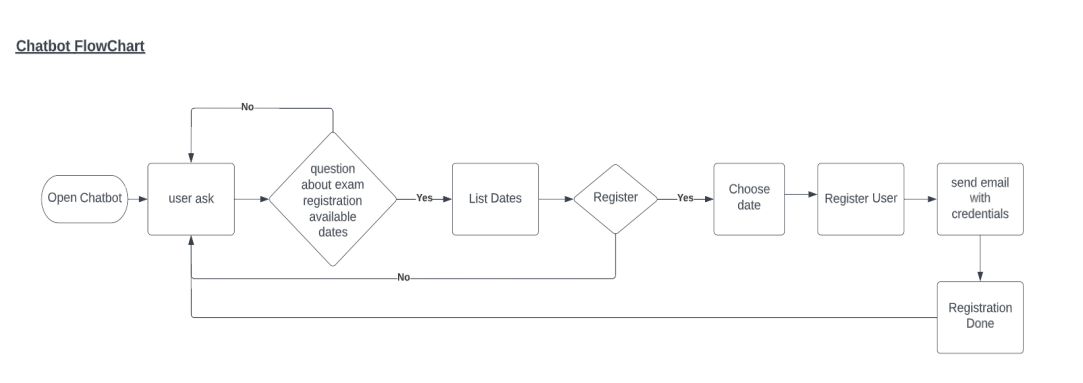
The AWS services used to create the self-monitoring system are Transcribe, Rekognition, Kinesis video stream, Redis, DynamoDB, S3 Bucket, and Lambda functions.
When it’s time for the exam, the user logs in using the given credentials. The system
prompts him or her to upload a picture of his or her Identification Card (ID), and it
captures
a live picture of him or her. It then triggers a lambda function that uploads both
images to
s3 bucket and it saves their paths in DynamoDB and the live picture path in Redis as
well.
Then, these 2 images are processed using Rekognition to ensure they are matching. If
the process returns a high confidence, the user can start the exam.
When the exam starts, a video stream will begin using Kinesis Video Stream. A dynamic
time interval is set to capture images from the video and upload them as well in
S3Bucket
and DynamoDB. These captured images are then compared using Rekognition with the
image stored in Redis to detect and analyze any visible anomaly like people walking in
and out of the webcam, students leaving the view of the webcam, or students showing
electronic devices in the webcam.
While the exam is running, if any speech is detected, a Lambda Function is activated to
save the audio in S3bucket and DynamoDB and then sent to Amazon Transcribe for
analysis. After the exam is over, a report of the analysis is sent to the person in
charge.
This is how technology can help enhance the delivery of education and make teachers’
lives easier in a straight forward yet innovative way.

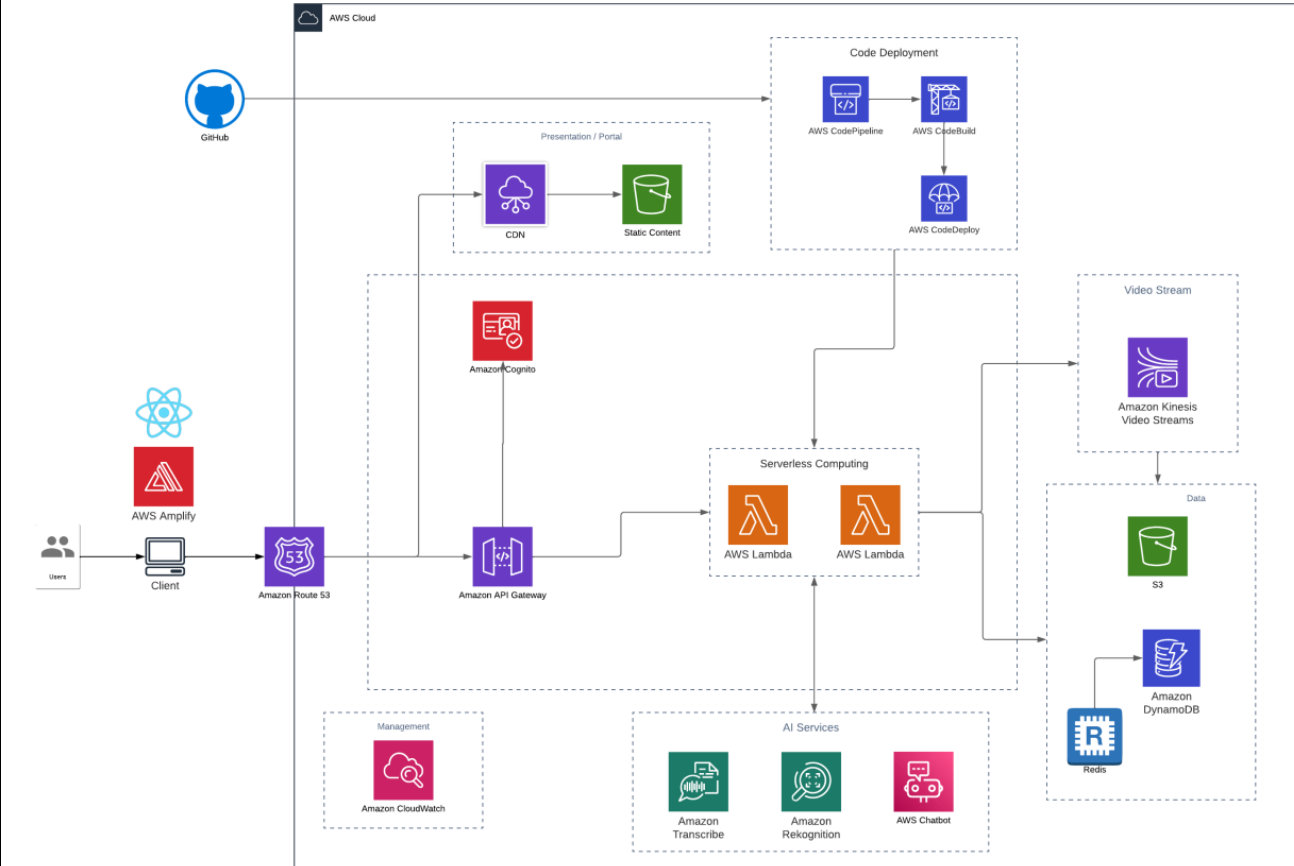
1- Register through chatbot:
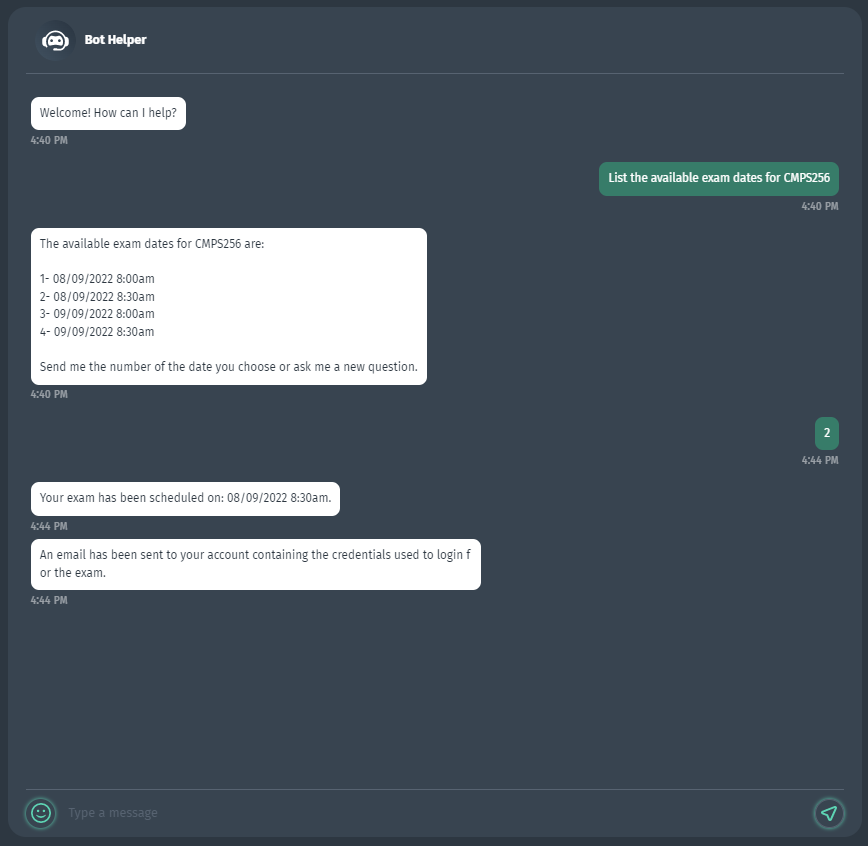
2- Send email with credentials:
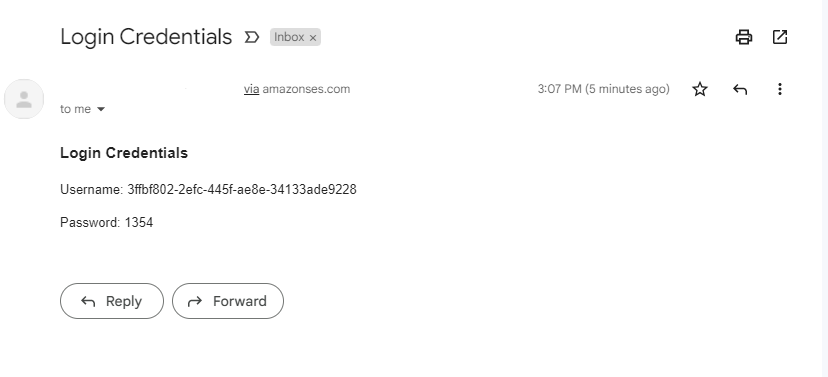
3- Upload ID:

4- Upload Photo:
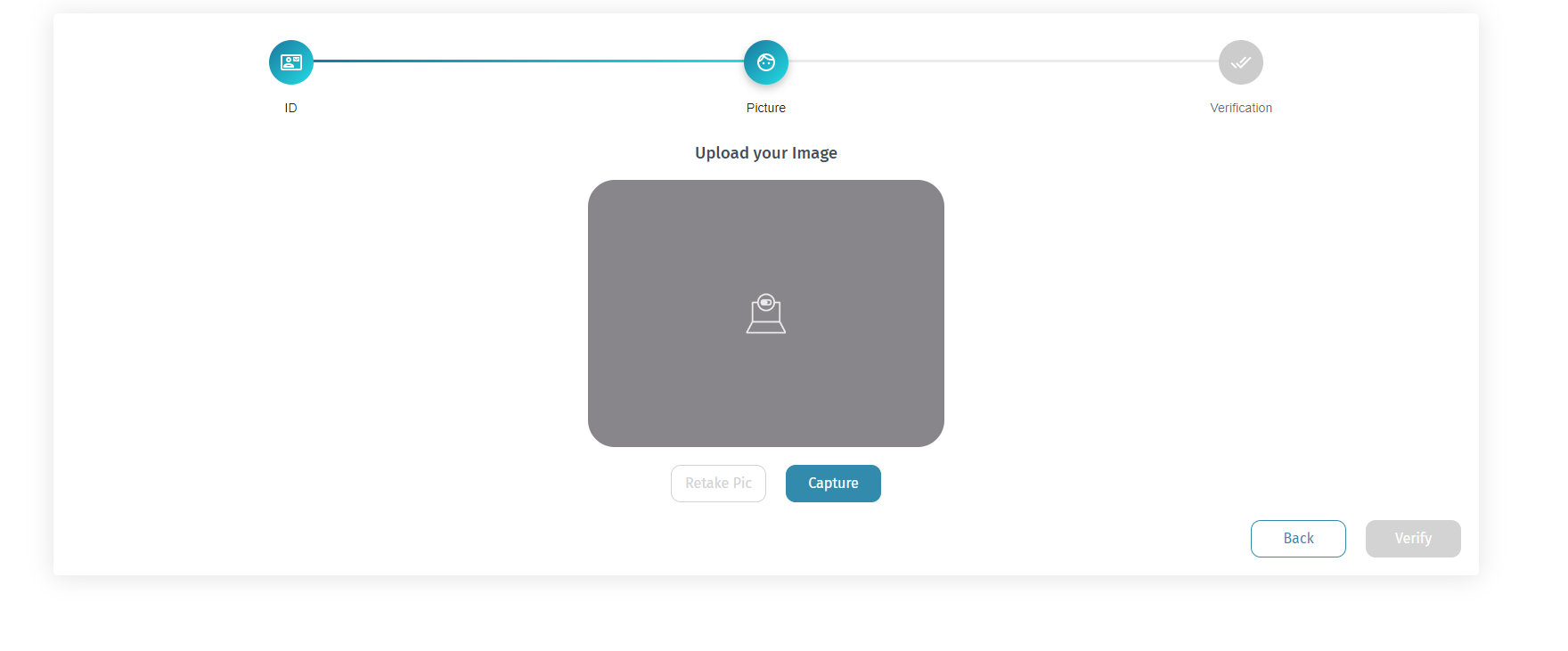
5- Verification:
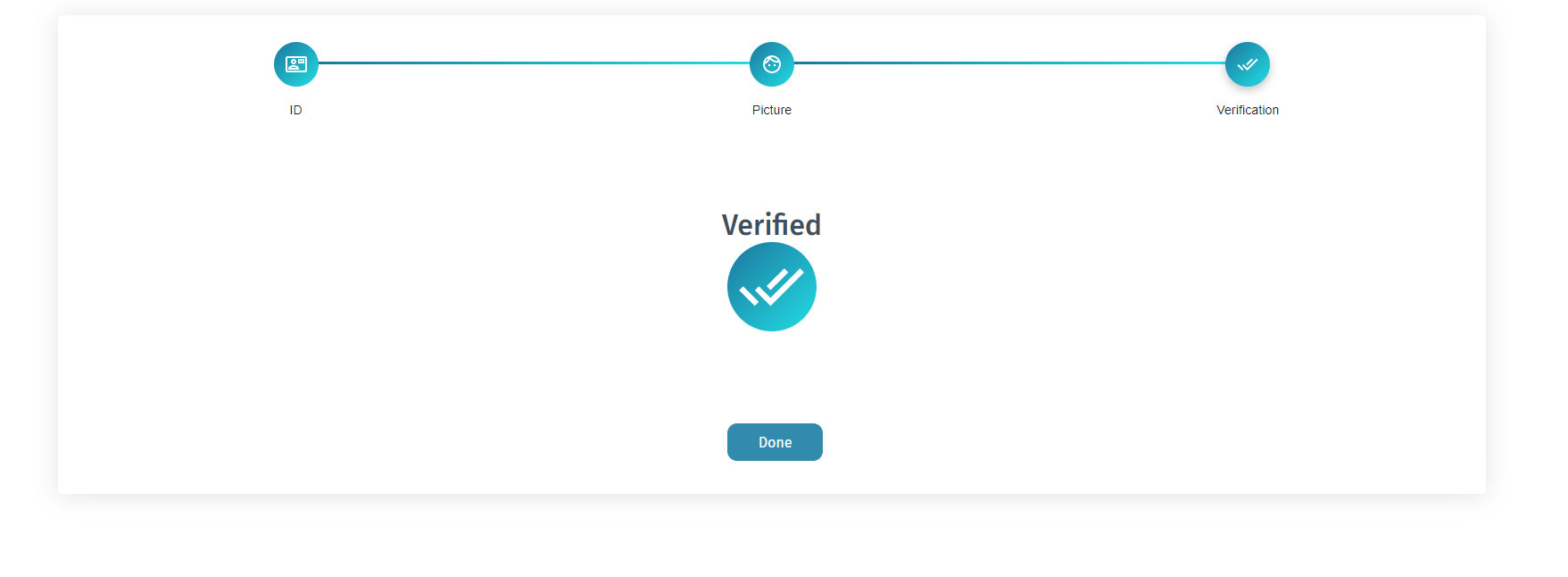
6- Get report when exam done:
